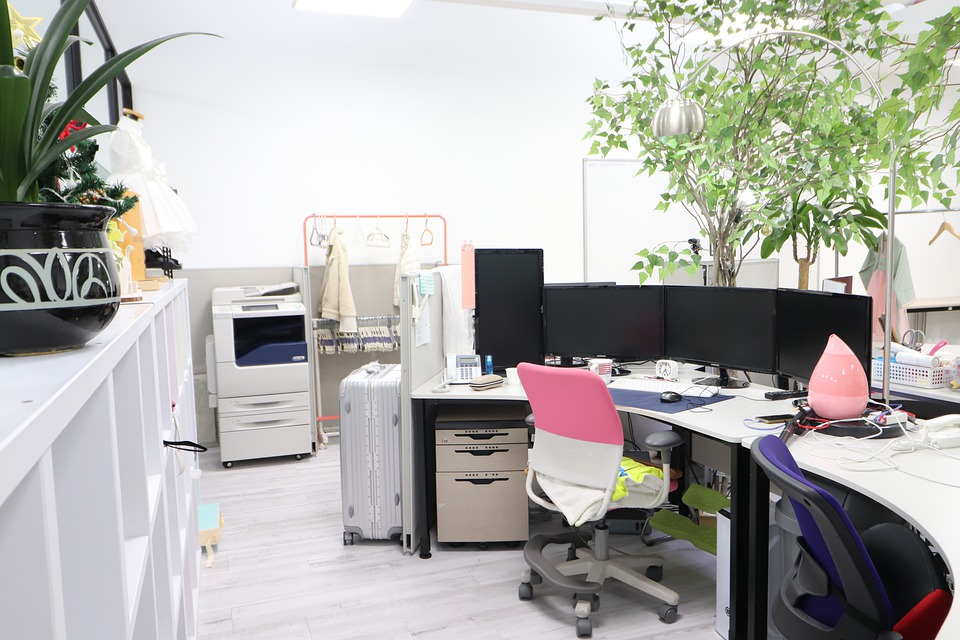Publicaciones
Nearly half of workers agree that their workspace is unsuitable for their work tasks. Furthermore, it is assumed that happy workers often perform better than unhappy ones. Nevertheless, due to the effect of the emotional-cognitive processes, the misfit between employees’ office type and their work patterns (complexity and interactivity) may hamper this relationship between well-being and performance. This diary study on 83 office workers (n = 603 time points) combines information about work patterns identified by using cluster analysis with Neufert’s office type classification. Results show that the work pattern–office type (mis)fit moderates the relationship between well-being and performance. The “fit” group shows four out of six positive associations: flow and positive emotions with in-role performance, and positive emotions and activity worthwhileness with extra-role performance. The “misfit” group shows only one out of six positive associations. Thus, the office environment–work pattern fit has a relationship to in-role and extra-role performance.
Soriano, A., M.W. Kozusznik, J.M. Peiró y C. Mateo-Cecilia (2020). «The Role of Employees’ Work Patterns and Office Type Fit (and Misfit) in the Relationships Between Employee Well-Being and Performance». Environment and Behavior 52, n.º 2 (febrero): 111-138.


